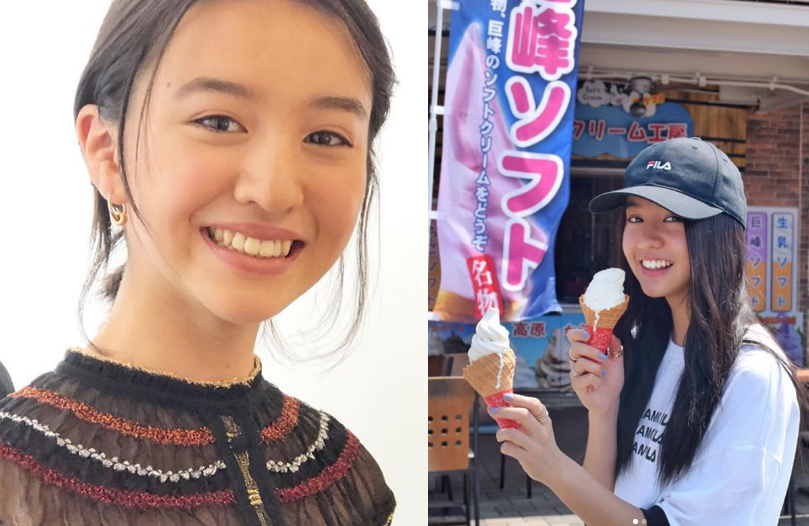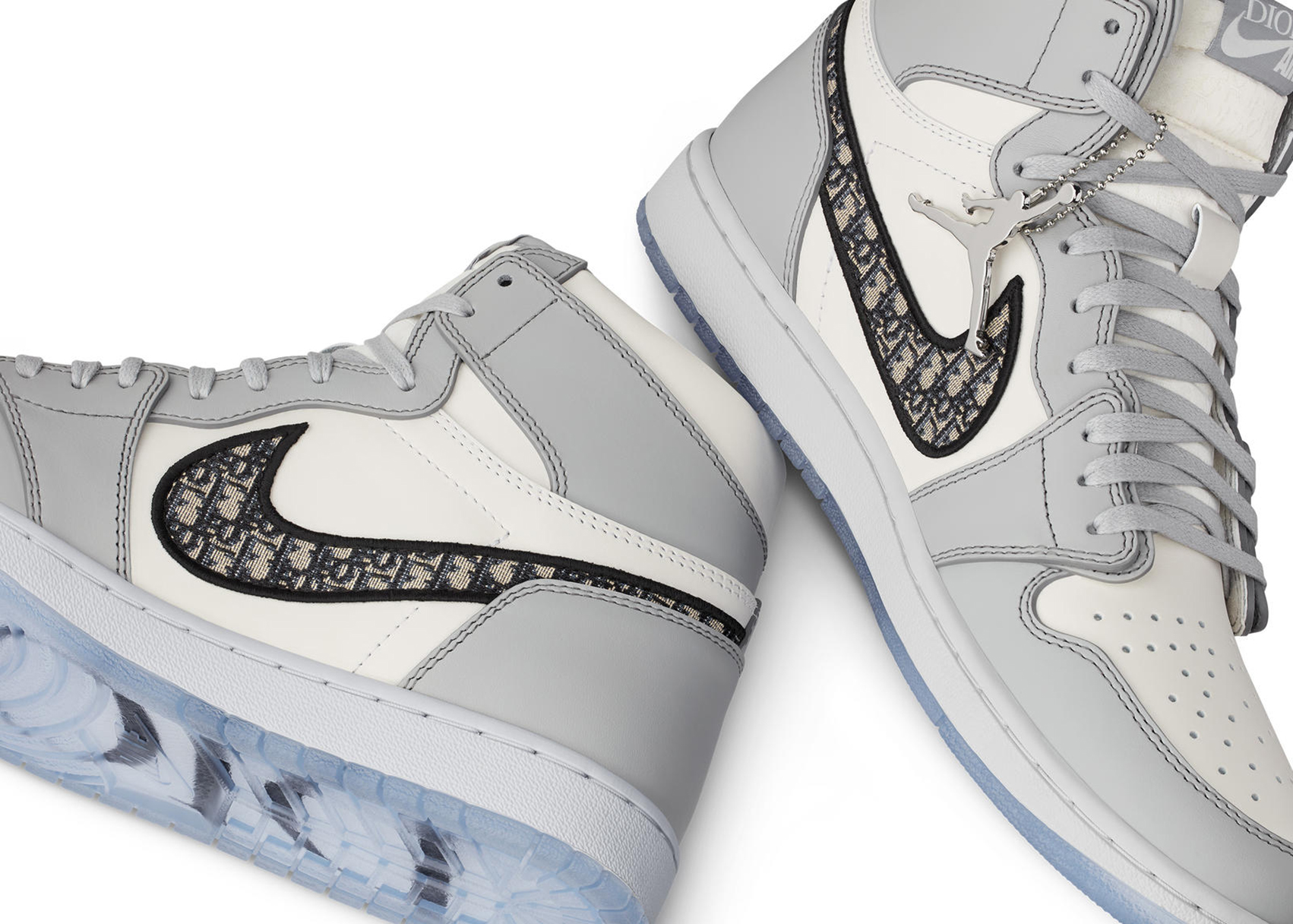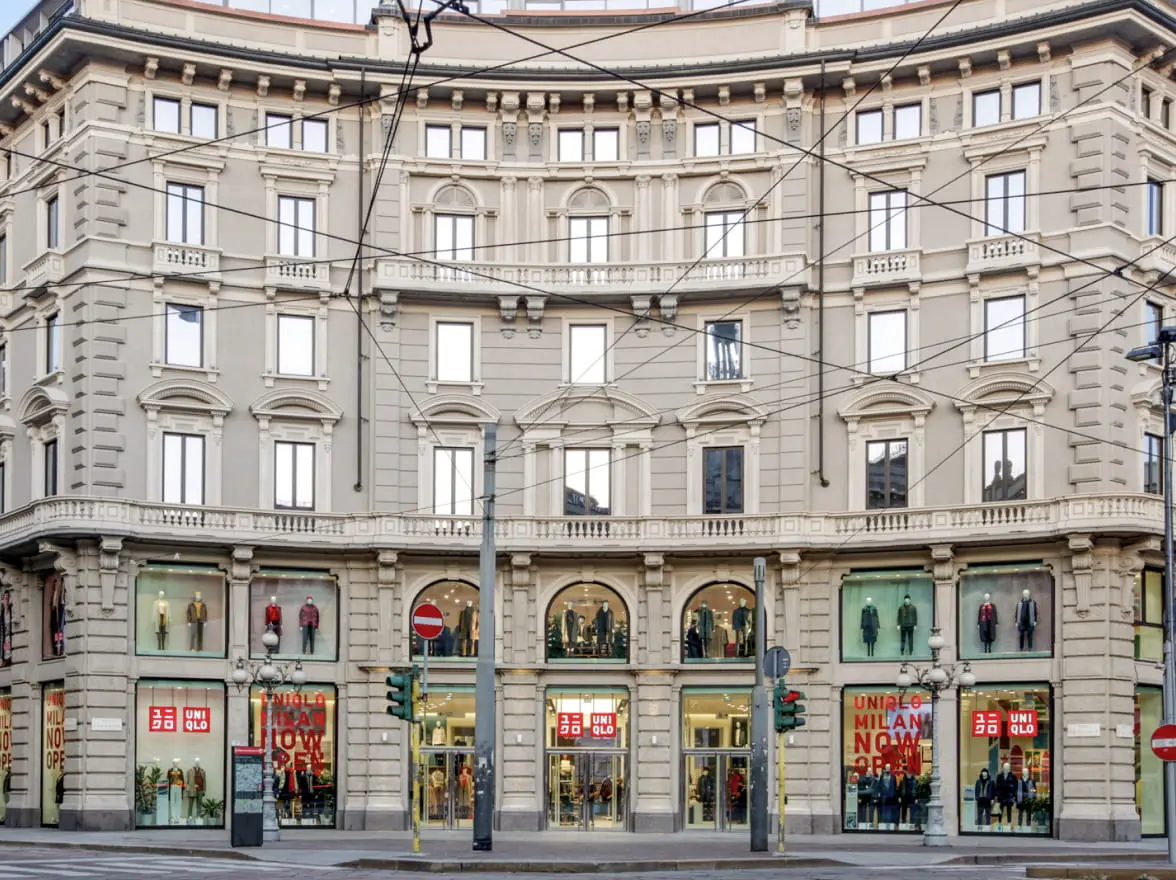 UNIQLO's flagship store in Milan (Image source: UNIQLO)
UNIQLO's flagship store in Milan (Image source: UNIQLO)
The recent bankruptcy of British clothing brand Jack Wills highlights the harsh reality of fast fashion brands in the current market. Since the popularity of online shopping, many fast fashion brands, including Forever 21, Topshop, Zara, and H&M, have struggled and been forced to reduce their physical store count.
However, UNIQLO, one of the world's top four fast fashion brands, has taken a different approach by increasing its number of physical stores and expanding globally. Recently, the brand announced its expansion into Milan, the fashion capital, with a three-story flagship store covering over 16,146 square feet in the city centre. This is undoubtedly a significant event in the fashion industry.
 UNIQLO's clothing line is primarily focused on basic styles. (Image source: UNIQLO)
UNIQLO's clothing line is primarily focused on basic styles. (Image source: UNIQLO)
Why Can UNIQLO Grow Against the Market Trend?
One reason for UNIQLO's success is its distinctive positioning strategy and its ability to identify and address the weaknesses of its competitors. In contrast, Gap has only relied on the slogan 'American brand, American lifestyle' to gain recognition in China in recent years, with a clothing style that is limited to American casual wear. UNIQLO also promotes casual wear, but invests heavily in developing high-tech features such as HeatTech, LifeWear, and AIRism to improve the practicality of its clothing. Moreover, UNIQLO's entry into the Milan market serves to demonstrate its global development trend as a Japanese brand to the world. In comparison to Gap's promotion of Americanism, UNIQLO's brand positioning is more international.
H&M used to be the 'king' of fast fashion, and although they were somewhat lagging behind in developing their online business, it was widely believed that poor quality was their fatal flaw. In comparison, UNIQLO also offers affordable prices, but they prioritise quality and comfort. This makes their products not only reasonably priced but also high-value for money.
Zara has been regarded as the fast fashion brand closest to trends, but this also means that they must frequently launch new styles to meet the demands of fashion-conscious consumers, and these styles are difficult to maintain popularity in the long term. In contrast, UNIQLO features simple and comfortable basic styles, allowing consumers to easily incorporate their personal style into them. This strategy is not only more environmentally friendly but also helps maintain consumers' long-term interest in the brand and creates more lasting value.
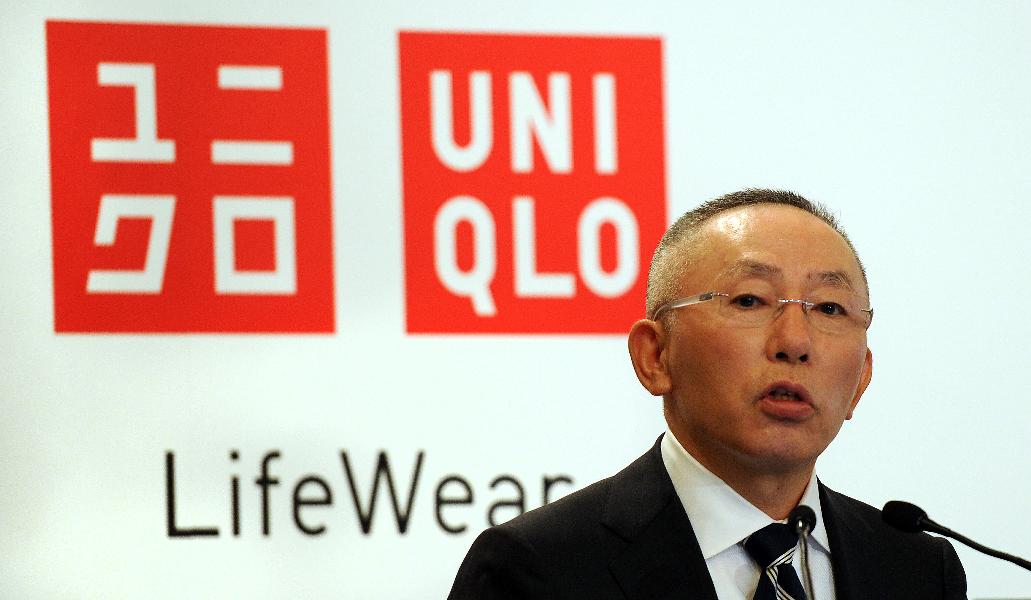 Japan's richest man and UNIQLO president, Tadashi Yanai (Image source: Harvard University Graduate School Of Design)
Japan's richest man and UNIQLO president, Tadashi Yanai (Image source: Harvard University Graduate School Of Design)
The Power of Editing: UNIQLO's Path to Success in the Era of Interactive Media
Back in 2014, Tadashi Yanai, UNIQLO's president and Japan's wealthiest man, emphasised that the value of the image and the information conveyed by the product is the key to consumer decision-making, rather than the inherent attractiveness of the product itself. To create new value and stimulate customer demand, clothing retail companies should proactively send out information. Yanai's foresight laid the groundwork for UNIQLO's current success.
 Former Popeye editor-in-chief, Takahiro Kinoshita, now responsible for UNIQLO's brand promotion
Former Popeye editor-in-chief, Takahiro Kinoshita, now responsible for UNIQLO's brand promotion
Could all of this be related to editorial power? The answer is yes. In the era of interactive media, brands need to know how to dig out the most valuable information and use the power of editing to create a charismatic image. Last year, UNIQLO invited Takahiro Kinoshita, the chief editor of the famous Japanese magazine 'Popeye' to join the marketing and brand promotion department. As one of the representative figures in the Japanese editing industry, Kinoshita led the planning team to create popular projects such as 'UNIQLO x KAWS', which successfully sparked a trend in Asia.
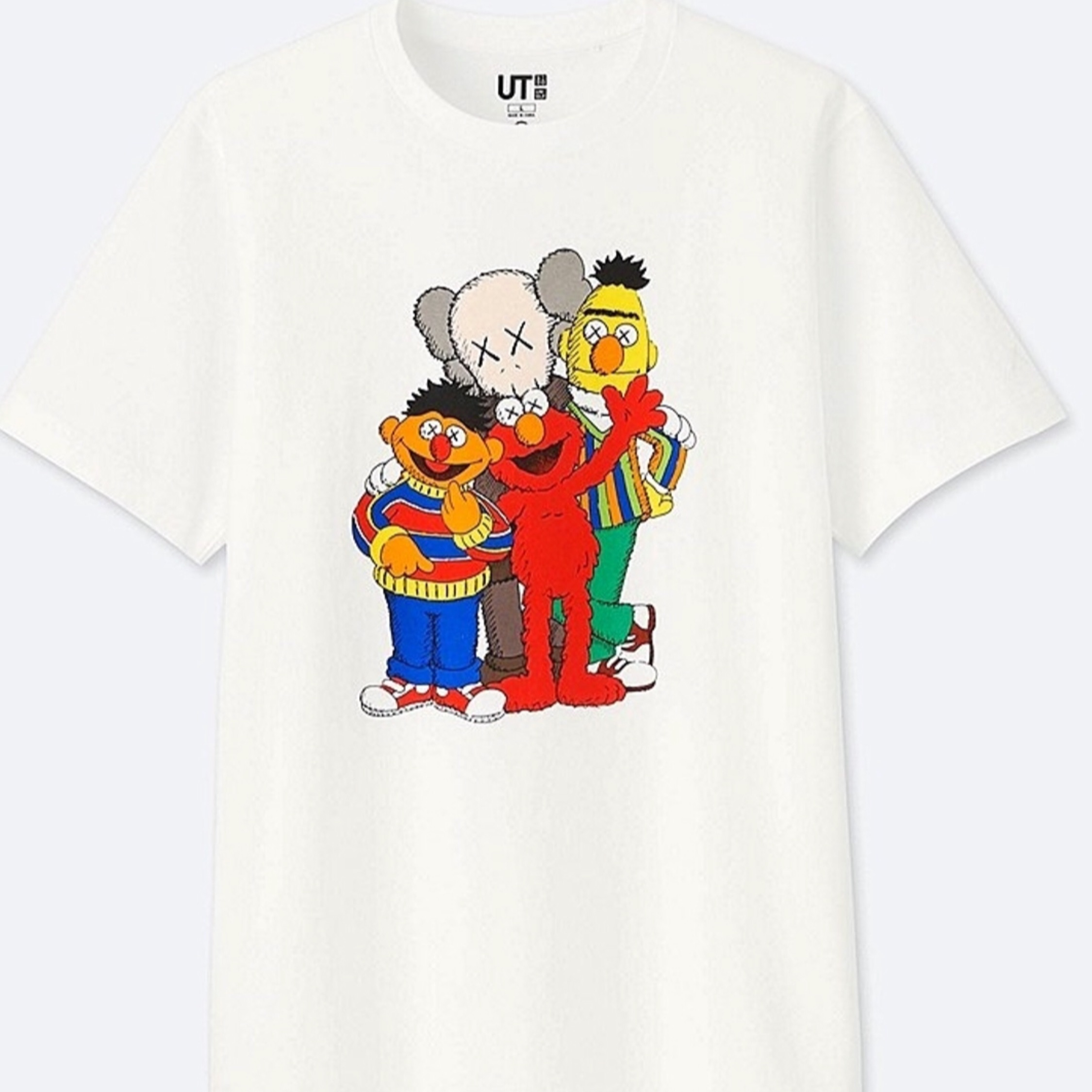 'UNIQLO X KAWS' collection (Image source: UNIQLO)
'UNIQLO X KAWS' collection (Image source: UNIQLO)
The Importance of Editing in Branding
An experienced editor possesses not only the ability to handle and organize magazine content but also the expertise to shape a brand. In the era of rapidly increasing information, editors must sift through vast amounts of information to create engaging content that resonates with readers, a skill that brands can benefit from. With brands having to make an overwhelming number of decisions in this fast-paced world, the editor's discernment of public taste has become more vital than ever.
Perhaps when it comes to branding, Japanese people may not necessarily be the most skilled, but they are undoubtedly the most adept at 'simplicity'. This 'simplicity' attitude represents extracting the essence, removing the dross, and presenting the best things. This is also where the editor's ability lies. Take media editors as an example, they need to read a lot of information every day, extract the editorial perspective from it, and create exquisite magazines. This is the true essence of editorial power. Therefore, it's no wonder that some people say that Japanese magazines are particularly attractive.



